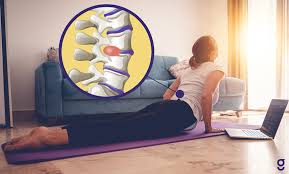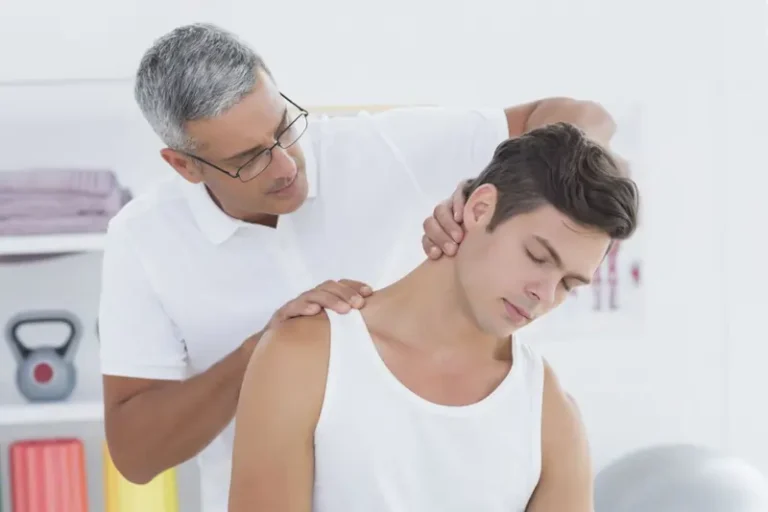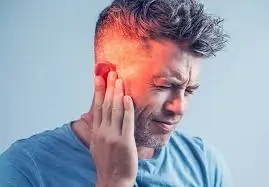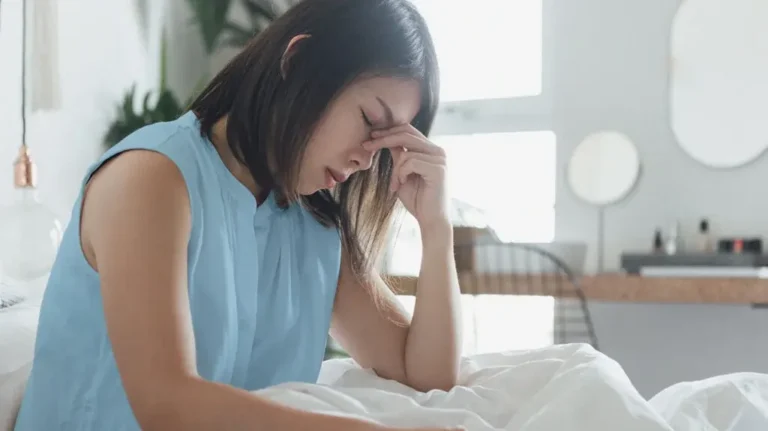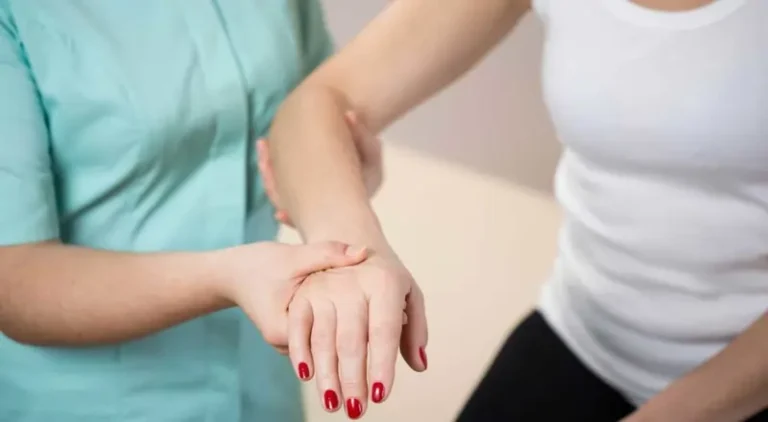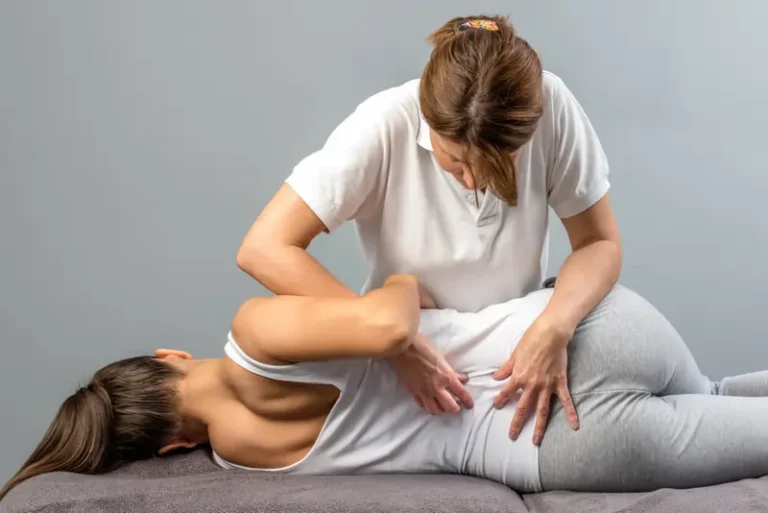Spring Ligament Tear
Introduction: A spring ligament tear refers to damage to the plantar calcaneonavicular ligament, a key structure in the foot that supports the arch and stabilizes the midfoot. This ligament connects the heel bone (calcaneus) to the navicular bone. A tear can result from trauma or chronic stress and often leads to pain, swelling, and flattening of the…



